Understanding Carbon Monoxide Poisoning: An Ayurvedic Perspective
Understanding Carbon Monoxide Poisoning: An Ayurvedic Perspective is a serious health concern that occurs when carbon monoxide gas builds up in the bloodstream. This colorless, odorless gas can lead to critical health issues and, in severe cases, can be fatal. Understanding its effects and exploring potential remedies from an Ayurvedic perspective can offer valuable insights into prevention and recovery.
What is Carbon Monoxide Poisoning?

Carbon monoxide is produced during the incomplete combustion of carbon-containing fuels. Common sources include:
- Motor vehicles
- Gas stoves
- Wood-burning stoves
- Fireplaces
- Heaters
When inhaled, CO binds with hemoglobin in the blood more efficiently than oxygen, reducing the blood’s oxygen-carrying capacity. Symptoms of CO poisoning can range from mild headaches and dizziness to severe confusion, unconsciousness, and even death.
Symptoms of Carbon Monoxide Poisoning
Recognizing the symptoms of CO poisoning is crucial for timely intervention. Common symptoms include:
- Headaches
- Dizziness
- Weakness
- Nausea
- Confusion
- Blurred vision
- Shortness of breath
In severe cases, symptoms can escalate to loss of consciousness and respiratory failure. If you suspect CO poisoning, it’s imperative to seek immediate medical attention.
The Ayurvedic Understanding of Health and Disease
Ayurveda, a holistic healing system that originated in India over 5,000 years ago, emphasizes balance among the body, mind, and spirit. It recognizes that health is not merely the absence of disease but a state of physical, mental, and emotional well-being.
In Ayurveda, diseases are often seen as the result of imbalances in the body’s three doshas: Vata (air and space), Pitta (fire and water), and Kapha (earth and water). Each individual has a unique constitution, and understanding one’s dosha is essential for effective treatment.
Ayurveda and Toxic Exposure
From an Ayurvedic standpoint, carbon monoxide can be viewed as a toxin (ama) that disrupts the body’s natural balance. The principles of detoxification (shodhana) and rejuvenation (rasayana) are central to Ayurvedic practices, particularly in cases of poisoning or exposure to harmful substances.
Detoxification Techniques
- Panchakarma: This is a set of five cleansing therapies aimed at detoxifying the body. Techniques may include:
- Vamana (therapeutic vomiting): Helps in expelling excess toxins from the upper gastrointestinal tract.
- Virechana (purging): Cleanses the intestines and removes toxins from the body.
- Basti (enema): Helps eliminate toxins from the colon and balances Vata.
- Herbal Remedies: Specific herbs can assist in detoxification and support respiratory health. Some beneficial herbs include:
- Tulsi (Holy Basil): Known for its ability to enhance respiratory function and detoxify the body.
- Turmeric: Possesses anti-inflammatory properties and can help in cleansing the blood.
- Ginger: Aids digestion and improves circulation, which can be beneficial post-exposure.
Rejuvenation Techniques
- Dietary Adjustments: Consuming a balanced diet rich in antioxidants can help the body recover from poisoning. Foods to consider include:
- Fruits and Vegetables: Rich in vitamins and minerals that support immune function.
- Whole Grains: Provide essential nutrients and fiber for digestive health.
- Healthy Fats: Ghee and oils can help balance doshas and nourish the body.
- Meditation and Breathing Exercises: Incorporating mindfulness practices can help in reducing stress and enhancing lung capacity. Techniques such as pranayama (breath control) can improve oxygenation and overall well-being.
- Ayurvedic Massages: Abhyanga (oil massage) with herbal oils can stimulate circulation and enhance detoxification. This can be particularly beneficial for those recovering from the effects of CO exposure.
Preventing Carbon Monoxide Poisoning
Preventing CO poisoning is essential, especially in environments where the gas is likely to accumulate. Here are some preventive measures:
- Install CO Detectors: Place detectors in key areas of your home to alert you of rising CO levels.
- Regular Maintenance: Ensure that all fuel-burning appliances are properly maintained and inspected.
- Ventilation: Keep areas well-ventilated, especially when using gas appliances.
- Educate: Raise awareness about the dangers of CO poisoning among family and friends.
Conclusion
Understanding Carbon Monoxide Poisoning: An Ayurvedic Perspective poses a significant health risk, but understanding its implications and taking preventive measures can help safeguard against it. From an Ayurvedic perspective, the focus on detoxification and rejuvenation offers a holistic approach to recovery.
Incorporating lifestyle changes, herbal remedies, and mindfulness practices can enhance resilience and support overall health. As always, if you suspect CO poisoning, seek medical assistance immediately. By blending modern awareness of CO risks with ancient Ayurvedic wisdom, we can foster a healthier and more balanced life.
In the journey of life, maintaining harmony within ourselves and our environment is vital. By being proactive and informed, we can reduce the risks associated with carbon monoxide and promote well-being in ourselves and those around us.



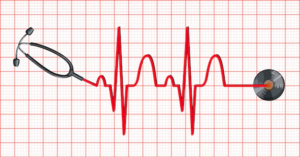
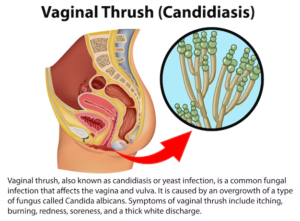
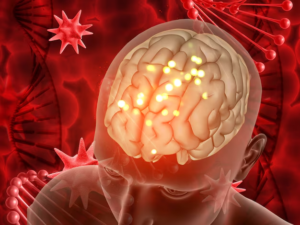
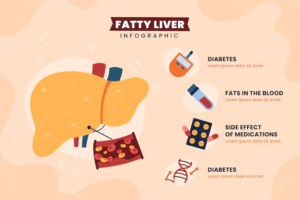
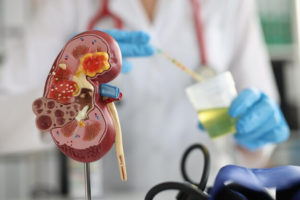
Leave a reply